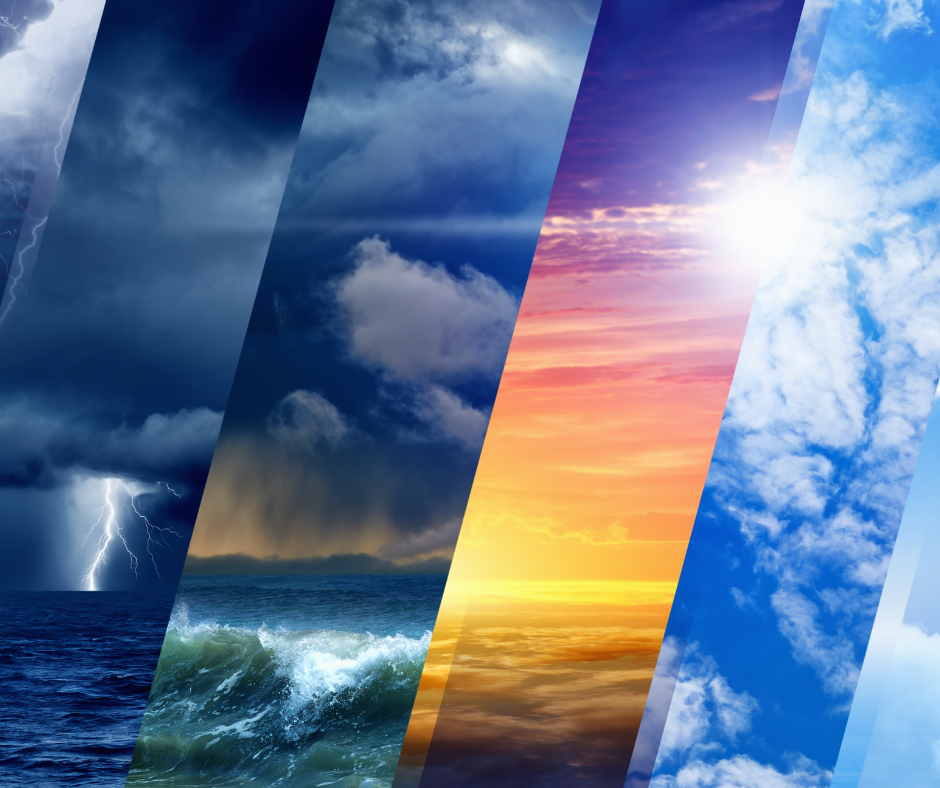Camping is meant to connect us with nature — to recharge, to breathe freely, to break away from chaos. But what happens when nature turns unpredictable, even dangerous?
Extreme weather is becoming more frequent and more intense. It’s no longer a distant possibility. It’s here. It’s now. And it’s putting lives at risk.
If you’re planning to camp — whether in the mountains, near rivers, in forests, or deserts — you need to be prepared, not just equipped. This is not just a matter of enjoying your trip. This is a matter of survival.
Why You Must Take Extreme Weather Seriously During Camping
Extreme weather events have increased globally — more heatwaves, intense rain, flash floods, wildfires, and unexpected storms. These are not rare anymore.
Ignoring the possibility of extreme weather while camping can lead to deadly consequences.
Every year, thousands of campers face emergency situations. Some make it back. Others don’t. Don’t wait until disaster hits to realize how unprepared you were.
Camping safely in extreme weather isn’t just smart. It’s urgent.
Be Proactive: Plan with Precision
Camping safely begins long before you pitch your tent.
The best way to deal with extreme weather is to anticipate it and plan for it. Here’s how:
1. Research the Region and Season Thoroughly
Don’t rely on guesswork. Look up:
- Historical weather trends
- Local advisories
- Hazard-prone zones (flood plains, wildfire regions, avalanche routes)
Knowledge is your first layer of safety.
2. Monitor Weather Forecasts Daily
Download trusted weather apps that provide hourly updates and alerts.
Check forecasts not just once — but every few hours leading up to and during your trip.
Pack for Survival, Not Just Comfort
In extreme conditions, your gear can be your lifeline. You may not get a second chance to fix a mistake. Make sure you carry:
- Four-season tents (capable of withstanding strong winds and heavy rain)
- Emergency thermal blankets
- Waterproof layers and extra insulation
- Portable water filters (in case clean water sources are compromised)
- Battery packs and solar chargers
- Emergency beacon or satellite communicator (for areas without phone signals)
- First-aid kits specifically stocked for cold, heatstroke, and trauma
This is not a checklist for luxury. It’s your insurance policy against catastrophe.
Real-Time Reactions Save Lives
When you’re already out there and the weather turns — how you respond can mean life or death.
If a Thunderstorm Hits
- Immediately leave high ground, open fields, and bodies of water
- Avoid trees and metal poles
- Stay low but not flat; squat with feet together on non-conductive material
If You Face Flash Floods
- Get to high ground IMMEDIATELY
- Never try to cross moving water, even if it looks shallow
- Avoid riverbeds and dry valleys that can become torrents in seconds
In Extreme Heat
- Limit exposure between 10 am and 4 pm
- Hydrate constantly — not just when you feel thirsty
- Wear light-colored, breathable clothing
- Recognize signs of heatstroke: dizziness, nausea, confusion, rapid pulse
During Wildfires
- Leave at the first sign of smoke or official alert
- Cover your nose and mouth with cloth
- Stay low to avoid smoke inhalation
- Evacuate fast — don’t stop to gather belongings
Teach, Train, and Talk Safety
If you’re camping with others, especially kids or new campers — make sure they know what to do.
Drills are not just for schools. They save lives in the wild.
Talk through worst-case scenarios before they happen. Assign roles. Make a plan. Then rehearse it.
Don’t Let Your Adventure Turn Into a Tragedy
The wilderness is beautiful — but it is also indifferent. It doesn’t care how experienced you are. It doesn’t warn twice.
You cannot control the weather. But you can control your readiness.
Whether you’re a first-time camper or a seasoned trekker — every trip must include extreme weather preparation.
Don’t gamble with nature. Don’t assume the skies will stay clear. Don’t delay your safety plan.
The time to prepare is before the storm, before the heatwave, before the flood.
Choose to be smart. Choose to be alive.
Final Word: Safety is a Choice You Make Before the Weather Decides for You
Camping in extreme weather is not about fear. It’s about respect — for nature and for your own life.
Start planning smarter. Equip better. Practice safety drills. Educate everyone in your group.
Because the cost of being unprepared is far too high.
And the moment you think, “It won’t happen to me” — it already has.
Act now. Think ahead. Camp safe.

